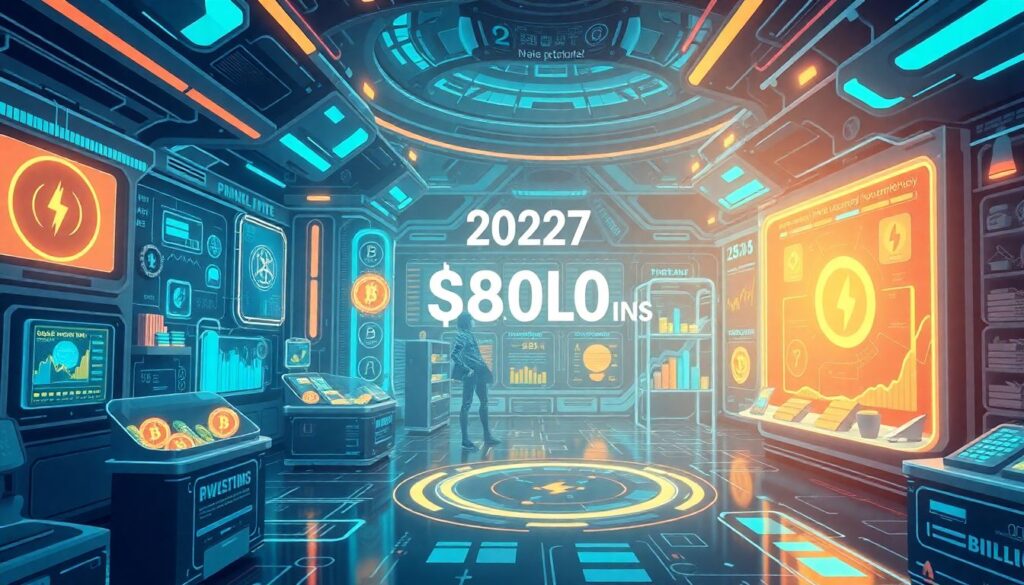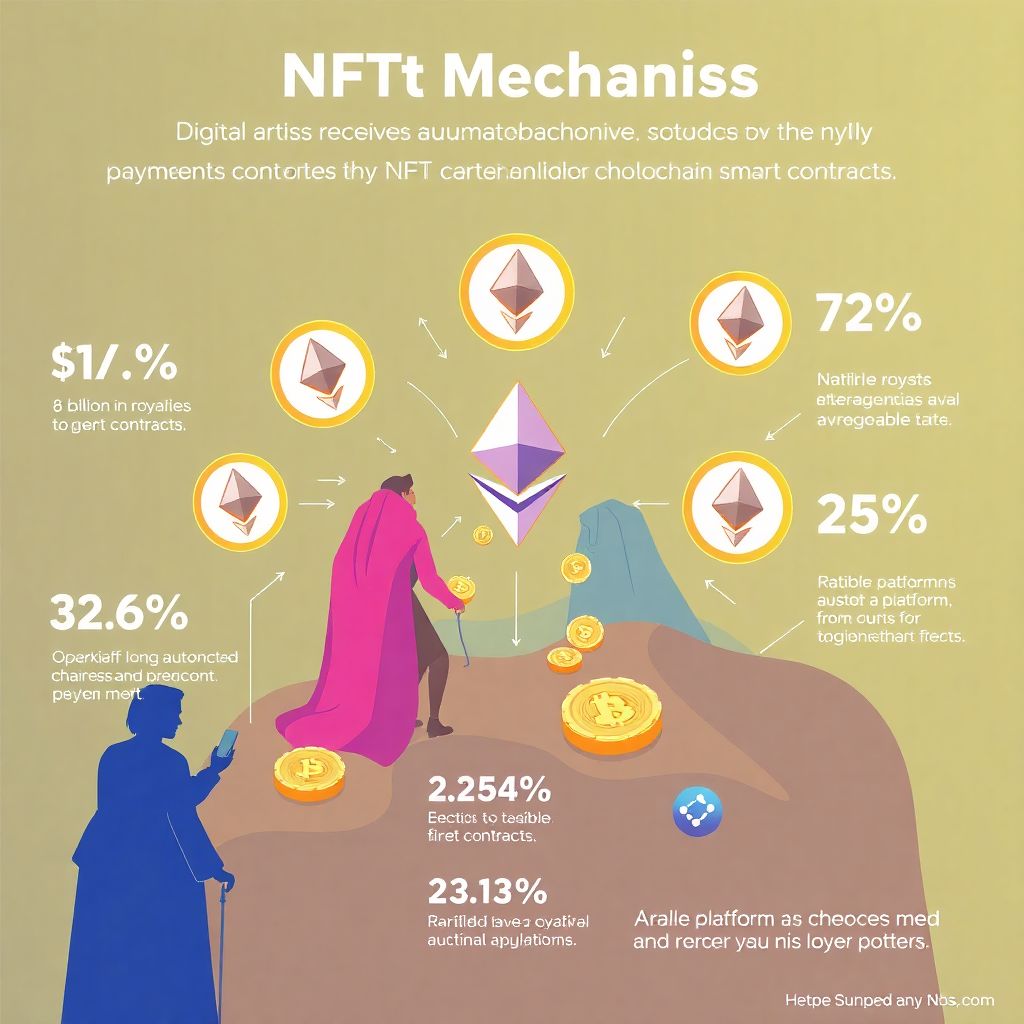What Are NFT Royalty Mechanisms?
NFT royalty mechanisms are smart contract-based features that allow creators to receive a percentage of the resale value each time their digital asset is sold in secondary markets. This system is embedded directly into the NFT’s metadata and executed automatically through blockchain protocols. Unlike traditional art or media industries, where royalties are often enforced through legal contracts and intermediaries, NFT royalties are programmable and trustless. Typically, royalty percentages range from 2.5% to 10%, although these values can vary by platform or artist preference. The core idea is to ensure ongoing compensation for creators, even after the initial sale.
Key Statistics Reflecting NFT Royalty Trends
According to a 2023 report by CryptoSlam, over $1.8 billion in royalties were paid to creators across major NFT marketplaces, including OpenSea, Rarible, and Foundation. OpenSea alone accounted for approximately 70% of these payouts. The average royalty rate across platforms stood at 6.2%, with art and music NFTs commanding slightly higher percentages. Furthermore, Chainalysis data indicates that collections with enforced royalties experienced 25% higher creator retention, suggesting that fair compensation mechanisms incentivize long-term participation from artists. These figures highlight the growing role of royalties in the sustainability of NFT ecosystems.
Future Projections of NFT Royalty Infrastructure

Analysts forecast that by 2027 the global NFT market could reach $80 billion, with royalties constituting a significant revenue stream. As marketplaces evolve, more advanced royalty models are expected to emerge, such as dynamic royalties that adjust based on market demand or on-chain performance metrics. Additionally, the development of cross-platform royalty standards by organizations like the Ethereum Improvement Proposal (EIP) group aims to resolve current inconsistencies in royalty enforcement. These advancements are likely to strengthen trust between creators and buyers, further accelerating mainstream adoption of NFTs.
Economic Implications for Artists and Collectors

The economic model introduced by NFT royalties shifts power dynamics in favor of creators. Artists no longer rely solely on initial sales but benefit from resale activity, which has historically enriched only collectors and auction houses. For instance, digital artist Beeple earned an additional $4 million in royalties following the secondary sales of his NFT works after the record-breaking $69 million auction in 2021. This new model also encourages collectors to support emerging artists, knowing that a portion of resale profits contributes to the creator’s future work. However, this system also introduces friction: higher royalty rates can deter frequent trading, potentially reducing market liquidity.
Real-World Use Cases and Marketplace Strategies
1. OpenSea: Initially a proponent of optional royalties, OpenSea faced backlash from the creator community in late 2022. As a result, the platform implemented a royalty enforcement tool that allows creators to blacklist marketplaces that do not honor royalties.
2. Foundation: This invite-only platform mandates a minimum royalty of 10% for all creators, ensuring consistent revenue from every resale. Artists like Pak and Fewocious have leveraged this model to build sustainable income streams.
3. Rarible: Offers creators the flexibility to set custom royalty percentages and even split royalties among multiple collaborators, making it ideal for collective projects or music NFTs.
4. Zora: Focused on decentralization, Zora uses open-source protocols to allow creators to retain control over royalty structures, independent of centralized marketplace policies.
5. Yuga Labs: The creators of Bored Ape Yacht Club enforced strict royalty policies within their ecosystem, even building their own marketplace to ensure compliance, demonstrating how larger projects can set industry standards.
Industry-Wide Impact and Challenges
NFT royalties have significantly reshaped digital ownership paradigms. They provide a recurring revenue model that aligns creator incentives with long-term value creation. However, the mechanism faces technical and ideological resistance. Some decentralized marketplaces have opted to bypass royalty enforcement to promote trading volume, sparking debates over the balance between creator rights and market freedom. Additionally, royalty enforcement is not universally supported at the blockchain level, leading to fragmented user experiences. Despite these challenges, the royalty model remains a cornerstone of the NFT promise — empowering creators in a way traditional industries rarely have.
In conclusion, NFT royalty mechanisms represent a foundational innovation in the digital economy. While still evolving, they offer a transparent, programmable, and equitable method for compensating creators. Understanding their function and implications is essential for anyone entering the NFT space, whether as a collector, developer, or artist.

